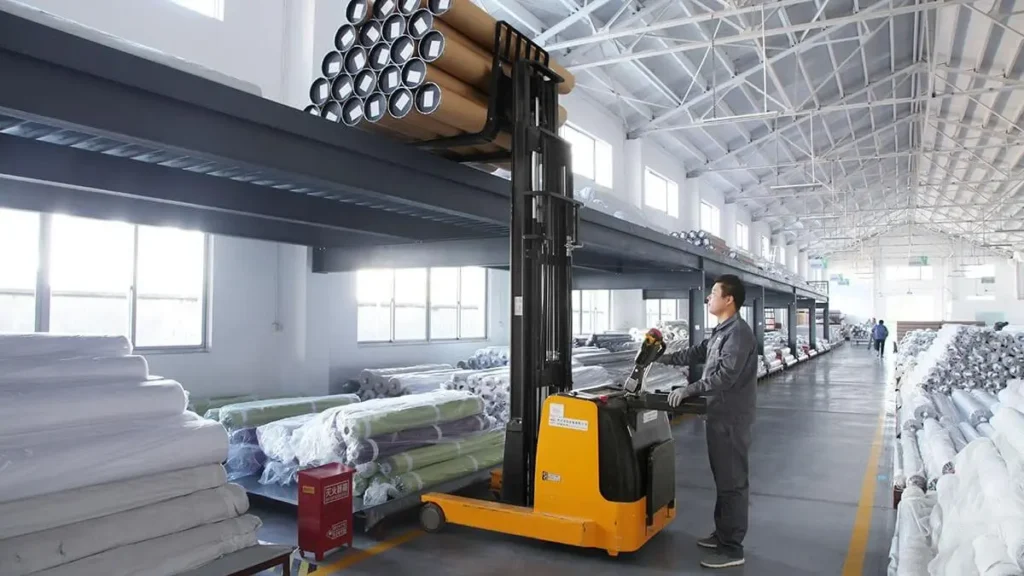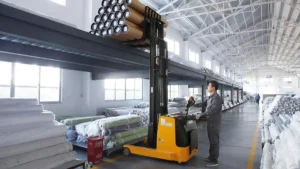Roller shades are changing fast. What new designs and functions can we expect? This guide will show you what's coming next, helping you stay ahead.
In 2025, roller shades will feature advanced materials for better performance and sustainability. We will see smarter home integration, minimalist designs, and increased focus on eco-friendly options. Customization will also expand to meet diverse project needs.
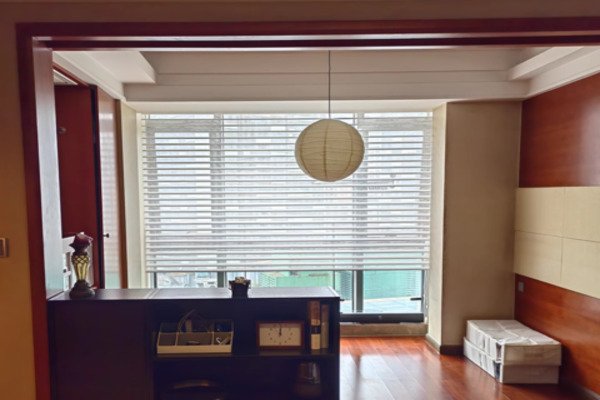
I see exciting changes ahead. These changes transform how we think about roller shades. I want to share my thoughts on what is coming.
What innovative materials will define next-generation roller shades?
Are you wondering about new materials for roller shades? The future holds many exciting possibilities. These materials will make shades better than before.
Future roller shades will use advanced fabrics offering improved thermal performance, UV protection, and sound absorption. These materials go beyond basic light control, actively contributing to a building's energy efficiency and occupant comfort.
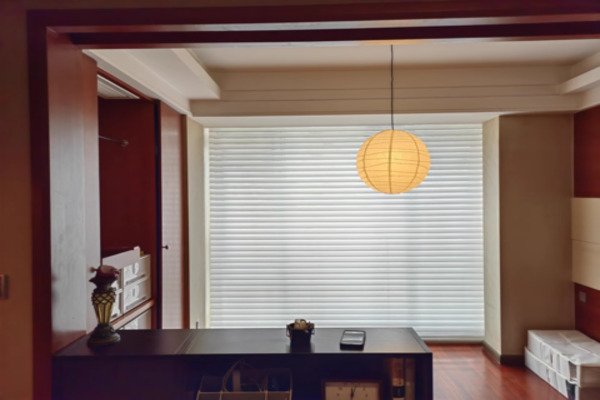
I believe material innovation is key. We are moving past only blocking light. Modern spaces need more. They need materials that do many jobs. Think about fabrics that keep heat in during winter and out during summer. These are vital for energy saving. Also, imagine materials that block harmful UV rays. This protects furniture and artwork. My firm, Shadesmart, always looks for materials that improve performance. We test fabrics for durability, aesthetics, and function. For example, some new materials have micro-perforations. These allow some light through but reduce glare. Other fabrics might include recycled content or natural fibers. This supports sustainability goals. We also see advancements in flame-retardant and anti-microbial treatments. These are important for commercial settings like hospitals or schools. The table below shows some material advancements:
| Feature | Traditional Material | Next-Generation Material | Benefit |
|---|---|---|---|
| Energy Efficiency | Limited | High | Reduces heating and cooling costs |
| UV Protection | Basic | Advanced | Protects interiors and occupants |
| Acoustic Performance | Low | Improved | Reduces external noise, enhances comfort |
| Sustainability | Variable | High | Eco-friendly options, lower carbon footprint |
| Durability | Standard | Enhanced | Longer lifespan, less replacement need |
How will smart home integration evolve for roller shade systems?
Are you curious about smart home systems and shades? Smart integration is getting much better. It will make your projects much easier.
Smart home integration for roller shades will become more seamless by 2025, offering predictive control and personalized automation. Systems will communicate better with other devices, creating a truly unified smart living experience.
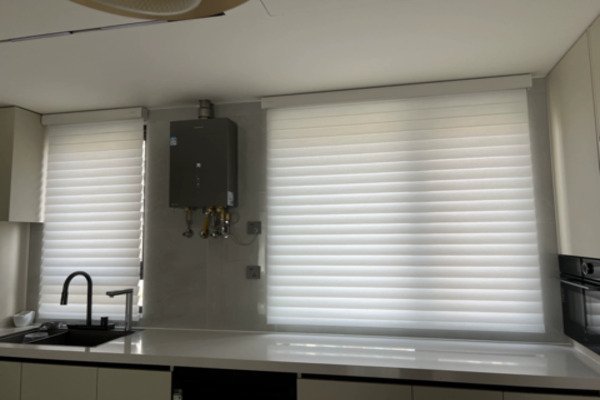
I am always thinking about smart technology. Smart homes are not new, but smart shades are getting really good. My firm, Shadesmart, works hard to make integration easy. We want shades to talk to other devices without any problems. Imagine shades that know when to open or close based on the sun's path. They can even adjust based on room occupancy. This uses sensors. These kinds of systems create comfort and save energy. They can also connect to voice assistants like Alexa or Google Home. This makes controlling them very convenient. For large projects, central control systems are important. Building management systems (BMS) will integrate shades for a complete solution. This means architects and designers can offer clients a fully automated space. We are seeing more open protocols too. This allows different brands to work together smoothly. It removes complexity for installers and users. We try to make sure our products align with these evolving standards. This helps our B2B clients offer cutting-edge solutions.
| Integration Aspect | Current State | 2025 Evolution | Project Benefit |
|---|---|---|---|
| Control Methods | Apps, voice commands | Predictive AI, sensor-driven | Effortless, proactive comfort/efficiency |
| System Compatibility | Specific hubs | Universal protocols, open APIs | Broader device support, simpler setup |
| Energy Management | Programmed schedules | Real-time optimization | Maximize energy savings automatically |
| User Experience (UX) | Individual device control | Integrated environment control | Seamless, holistic smart home management |
| Security & Privacy | Basic encryption | Advanced data protection | Enhanced peace of mind for users |
What design aesthetics and color palettes will dominate in 2025?
Do you want to know about future design and colors? The look of roller shades is changing. It will match modern styles perfectly.
In 2025, minimalist aesthetics will dominate roller shade design, featuring refined textures and a sophisticated palette of neutrals. These will often be complemented by strategic pops of nature-inspired hues, creating serene and integrated interiors.
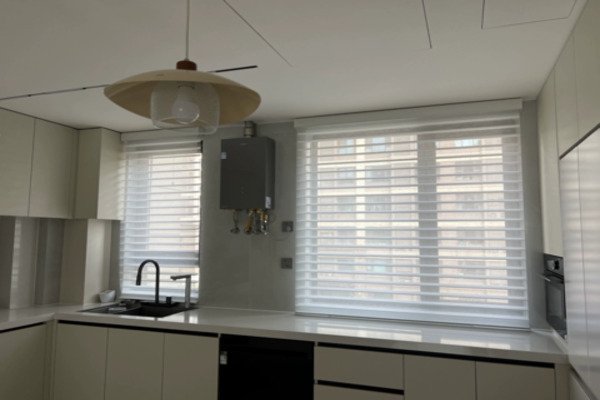
I really love good design. My job involves always watching for new trends. For 2025, I see a clear shift to simplicity. People want calm and uncluttered spaces. So, roller shades will reflect this. Fabrics will have rich textures but in subtle ways. Think about linens, silks, and wools, but made for shades. Colors will be mostly neutral. Creams, grays, whites, and soft browns will be popular. These colors create a timeless look. But we will also see some bolder, natural colors. These could be deep greens, earthy blues, or terracotta. These colors bring the outside inside. This adds a nice touch without overwhelming the space. My team at Shadesmart always works on new designs. We make sure our product lines offer these fashionable options. We want to help designers create beautiful rooms. The hardware will also be minimal. Slim profiles and hidden brackets will be common. This helps the shades blend into the wall. It keeps the focus on the fabric and the view.
| Design Element | Current Trend | 2025 Dominant Aesthetic | Impact on Space |
|---|---|---|---|
| Overall Style | Varied | Minimalist, understated elegance | Serene, uncluttered, timeless |
| Color Palette | Bold accents, some neutrals | Sophisticated neutrals, nature hues | Calming, integrated, harmonious |
| Fabric Texture | Smooth, patterned | Refined, organic feels | Adds depth without visual noise |
| Hardware Visibility | More exposed | Concealed, slim profiles | Seamless integration, cleaner lines |
| Visual Impact | Can be a focal point | Blends seamlessly, supporting role | Enhances existing design, not overshadowing |
Are sustainability and energy efficiency becoming standard expectations?
Do you care about green building and saving energy? These things are not just nice to have anymore. They are becoming basic needs.
Sustainability and energy efficiency are rapidly becoming standard expectations for roller shades. Buyers now seek products with eco-friendly materials and designs that actively reduce a building's carbon footprint and energy consumption.
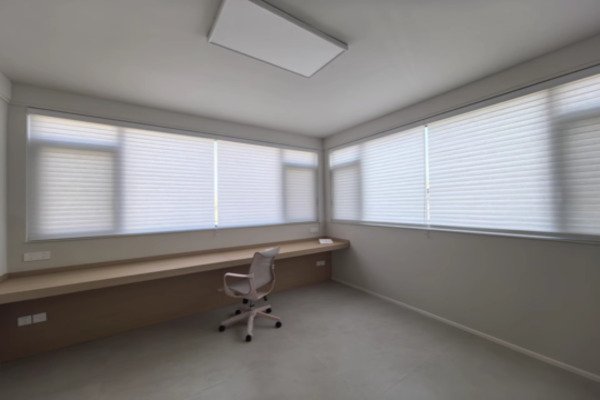
I have seen huge changes in what clients want. When I started at Shadesmart, sustainability was a niche request. Now, it's a primary concern. People want products that are good for the planet. This includes roller shades. We get many questions about materials. Is the fabric recycled? Is it PVC-free? Does it reduce energy use? Our firm focuses on answering these questions. We offer shades that limit heat gain in summer. They also prevent heat loss in winter. This saves a lot of energy. This reduces utility bills for homes and businesses. We also think about the whole life cycle of our products. From how they are made to how they are disposed of. We look for suppliers who use responsible manufacturing. We also offer options with recycled content. We see a future where every building project will demand sustainable solutions. This is not a trend. It is a new standard for building performance. My team and I work to exceed these expectations. We want to offer products that are both beautiful and responsible.
| Aspect of Sustainability | What it Means for Shades | Benefit for Projects | Shadesmart's Approach |
|---|---|---|---|
| Material Sourcing | Recycled, low-VOC fabrics | Healthier indoor air, lower environmental impact | Offering eco-certified fabrics |
| Energy Performance | High thermal insulation | Reduced HVAC load, lower bills | Engineered for thermal efficiency |
| Durability | Long-lasting components | Less waste, reduced replacement costs | Quality materials, rigorous testing |
| Waste Reduction | Efficient manufacturing, end-of-life programs | Less landfill contribution | Sustainable production practices |
| Certifications | GreenGuard, Cradle to Cradle | Verified environmental claims | Partnering with certified suppliers |
How will customization options meet diverse project requirements?
Do you need shades that fit unique spaces? Customization is getting much better. It will solve many project challenges.
Customization options for roller shades will greatly expand to meet diverse project requirements. This will include tailored sizes, unique fabric selections, specific motorization features, and integration capabilities for any design challenge.
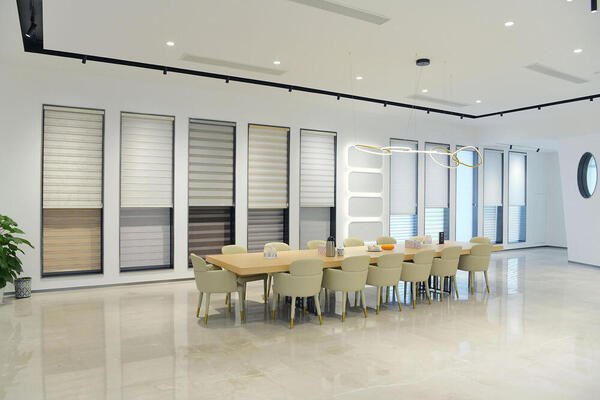
I know that every project is different. One size does not fit all. This is especially true for window coverings. My firm, Shadesmart, prides itself on customization. We believe it is crucial for our B2B clients. In 2025, I expect customization to go much further. It will not just be about size and color. It will be about specific functions and integrations. For example, a hospital might need shades that are anti-microbial and light-filtering but also blackout. A hotel might need shades that integrate with its guest room management system. A luxury residence might need unique fabric textures and silent motors. We must be able to meet all these needs. We will offer more fabric options, not just in color but in weave and opacity. We will also expand motorization options. This includes battery-powered, low-voltage, and hardwired systems. We aim to provide solutions that truly fit the project's vision. We also understand the need for quick turnaround times. Customization should not slow down a project. We continuously refine our production process to handle complex orders efficiently.
| Customization Area | Current Offering | 2025 Expansion | Project Advantage |
|---|---|---|---|
| Size & Shape | Standard/oversize custom | Precision mapping for irregular windows | Perfect fit for any architectural design |
| Fabric Selection | Broad range of colors/materials | Curated designer collections, performance fabrics | Unique aesthetics, targeted functionality |
| Motorization Options | Basic motor types | Advanced quiet motors, solar-powered options | Enhanced comfort, energy independence |
| Control Integration | Standard smart home apps | Deep API integration for complex BMS | Seamless smart building ecosystem |
| Hardware Finishes | Limited standard choices | Personalized finishes, custom branding | Cohesive design, brand identity support |
Conclusion
The future of roller shades is exciting. We will see smart technology, new materials, and sustainable designs. My firm, Shadesmart, is ready to help you with these future trends. We offer solutions for every project.
